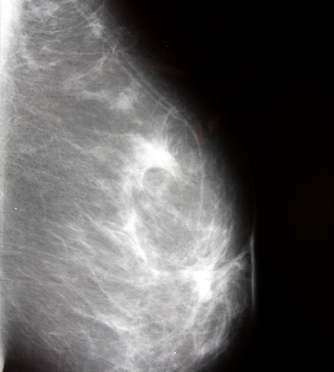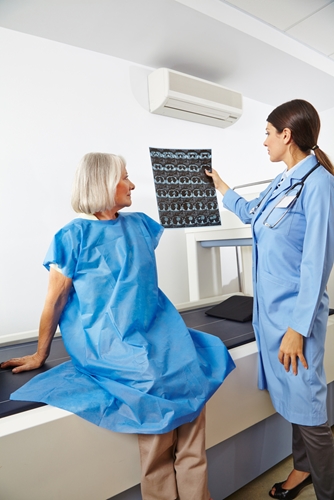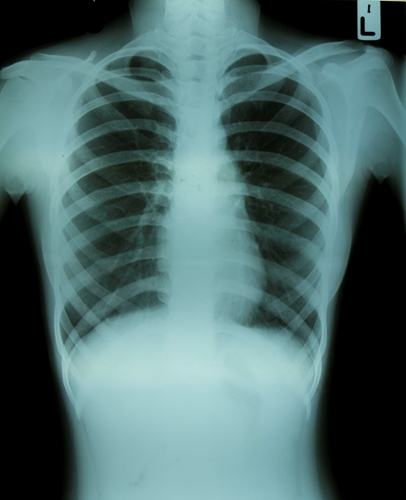As more states begin to deliberate over mandated breast density notifications for at-risk patients, women around the country are focusing on self-examinations to stay ahead of cancer. Medical imaging screenings are integral to diagnoses, opening the door for meaningful conversations between patients and doctors.
According to the American College of Radiology, breasts are considered dense if they contain more fibrous or glandular tissue than fat. While density may change with age, decreasing over time, there is little change in most women. The severity of density is determined by the radiologist who performs the mammogram reading, placing his or her findings into one of four categories. The density scale helps identify an individual's risk level for developing malignancies.
Although every woman is different, it is critical to pay attention to breast density. The greater the density, the higher the risk for getting breast cancer. In addition, the abundant tissue means that radiologists will have a harder time spotting growths on mammograms and other diagnostic radiology exams. Dense tissue appears white on scans, the same color as both benign and malignant lumps, which makes mammograms less accurate for women with extremely dense breasts. Because of this, MRI is a more effective option, depending on the category that patients are placed into.
Upon learning about their density levels, patients should discuss clinical options with their doctors, the ACR suggested. Together, they can decide if further exams are necessary. Yet, a new survey indicated that very few women are aware of the risks associated with dense breast tissue.
The 'value of knowing' lacks support
HealthImaging reported that a survey of 10,000 adults from 10 countries was conducted by Millward Brown, an international media company, and sponsored by GE Healthcare in support of Breast Cancer Awareness Month. The research was carried out between May and June 2014, including respondents from the U.S., U.K., Australia, Japan and China.
The findings revealed that only one-quarter of respondents were aware that women with high density were more likely to develop breast cancer. Another one out of five reported seeing media coverage on the issue within the last six months, too. What was most concerning, however, was the data out of the U.S.
Although half of Americans live in states where mandatory notification laws are in place, only 19 percent knew of the link between tissue density and breast cancer. Trailing close behind were Australia (13 percent), Japan (9 percent) and the U.K. (2 percent). Russia, Indonesia and China reported the highest rates of awareness at 60 percent, 58 percent and 34 percent, respectively.
With low awareness rates, it is clear that physicians and patients in the U.S. need to conduct more conversations regarding the potential risks of dense tissue. More in-depth screenings and notifications must be carried out to ensure the safety of patients at risk of breast cancer development. In the end, it could save lives and improve quality of life.
Contact Viztek for more information.
Ronny Bachrach
Latest posts by Ronny Bachrach (see all)
- Konica Minolta Debuts First-of-Its-Kind Digital U-Arm System at AHRA - July 27, 2016
- Researchers Detect Signs Of Stroke Risk Using MRI - June 27, 2016
- Imaging Biz: Q&A with David S. Channin MD: How to Make PACS Patient Centered - June 22, 2016










